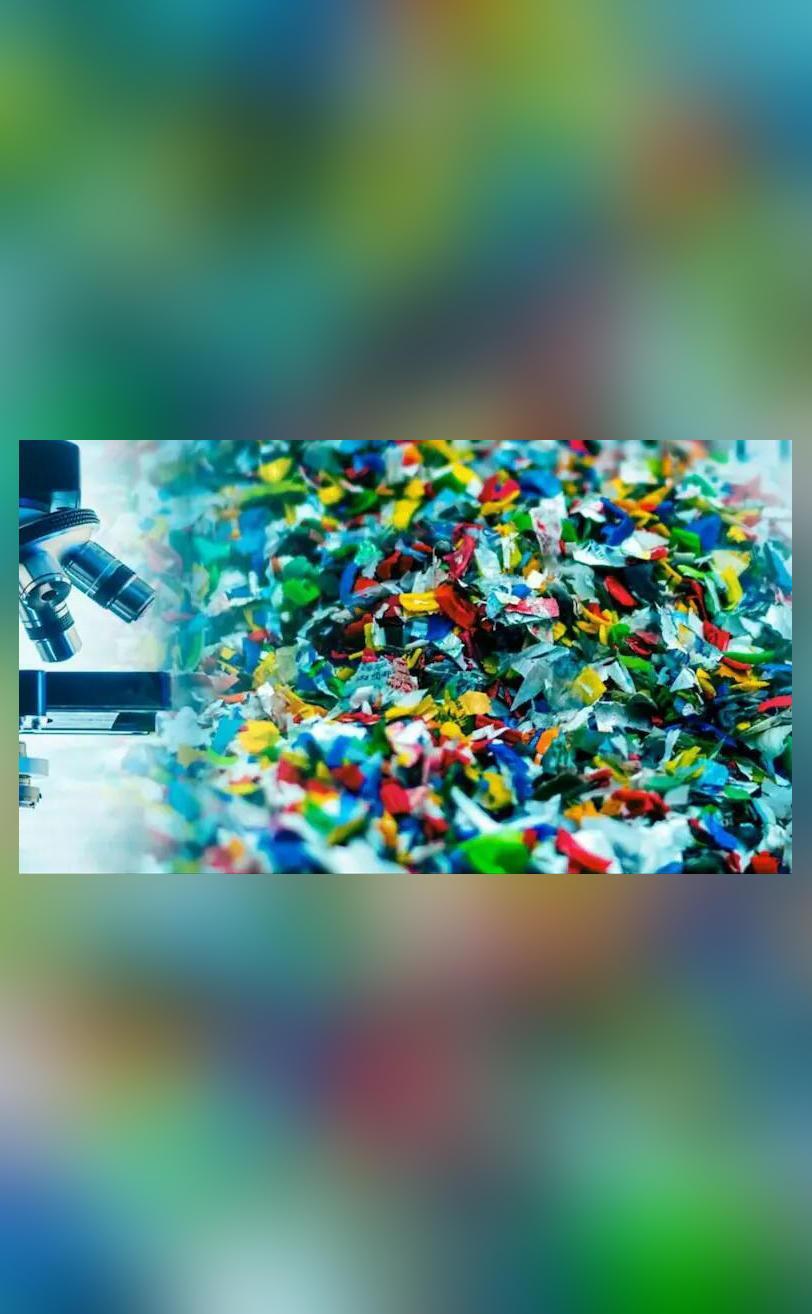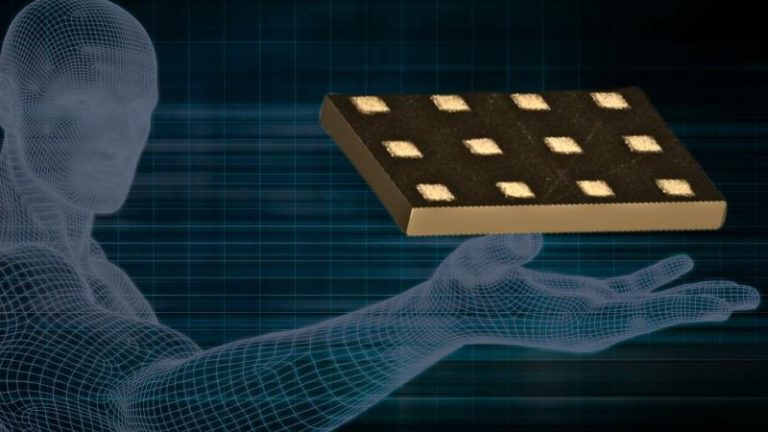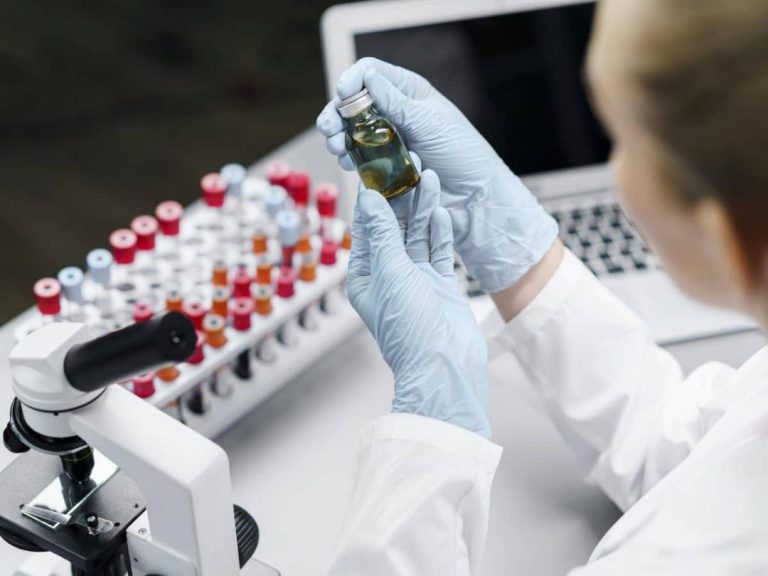
Japan Scientists Develop New Plastic that Dissolves in Saltwater
For decades, plastic pollution has been a significant concern for the environment and human health. Plastic waste in oceans and landfills has led to devastating consequences, including the death of marine animals, contamination of soil and water, and even human consumption. In response to this crisis, scientists around the world have been working to develop sustainable and biodegradable alternatives to traditional plastics. Recently, a team of Japanese researchers at the RIKEN Center for Emergent Matter Science (CEMS) has made a breakthrough in this regard, creating a new type of plastic that dissolves quickly in saltwater.
The innovative plastic, made with supramolecular polymers and salt bridges, is strong and durable, making it suitable for various applications, including packaging, textiles, and construction materials. However, unlike traditional plastics, this new material has the unique ability to break down rapidly in seawater, reducing plastic pollution and its impact on wildlife and humans.
According to the researchers, the plastic is designed to remain stable during use, but once it comes into contact with saltwater, it disintegrates into harmless compounds. This means that plastic waste can be safely disposed of in the ocean without harming marine life or contaminating the environment. The development of this biodegradable plastic has significant implications for reducing plastic pollution, which is estimated to kill over 100,000 marine animals every year.
The team of scientists, led by Dr. Takuzo Aida, used a combination of supramolecular polymers and salt bridges to create the new plastic. Supramolecular polymers are molecules that are held together by weak interactions, such as hydrogen bonds or Van der Waals forces, rather than covalent bonds. These polymers are highly flexible and can be designed to have specific properties, such as strength and durability. Salt bridges, on the other hand, are molecules that contain both hydrophilic (water-loving) and hydrophobic (water-repelling) regions. These molecules are able to form complexes with other molecules, including water, which helps to stabilize the plastic.
The researchers found that by combining supramolecular polymers and salt bridges, they could create a plastic that was both strong and durable, yet also biodegradable. The plastic was tested in various environments, including seawater, freshwater, and dry conditions, and was found to remain stable in all but seawater. In seawater, the plastic began to break down rapidly, with some samples disintegrating completely within a few hours.
The development of this new plastic has significant potential for reducing plastic pollution and its impact on the environment. Traditional plastics are often designed to be durable and long-lasting, but this can lead to them ending up in landfills and oceans, where they can harm wildlife and contaminate the environment. In contrast, the biodegradable plastic developed by the Japanese scientists is designed to break down quickly and safely, reducing the risk of pollution and environmental harm.
The researchers are excited about the potential of their new plastic and are already exploring ways to scale up production and integrate it into various applications. They are also working to develop new materials with similar properties, which could be used to replace traditional plastics in a wide range of industries.
As the world grapples with the plastic pollution crisis, innovations like this new biodegradable plastic offer hope for a more sustainable future. By reducing plastic waste and its impact on the environment, we can help to protect our planet and ensure a healthier and more sustainable future for generations to come.
Source:






